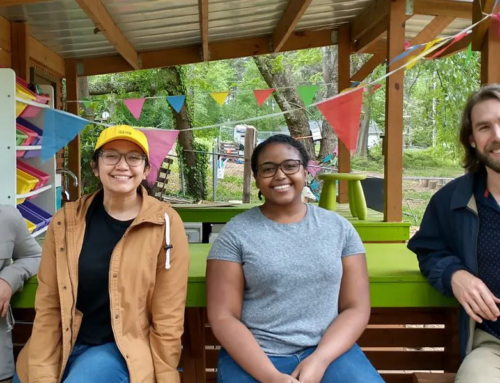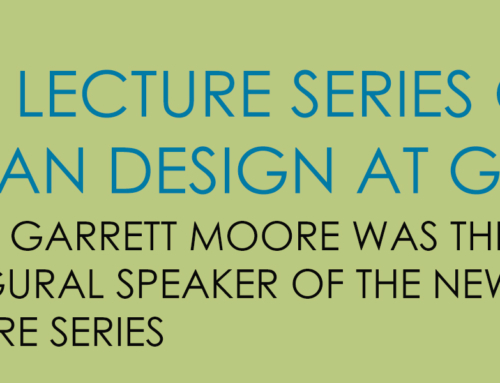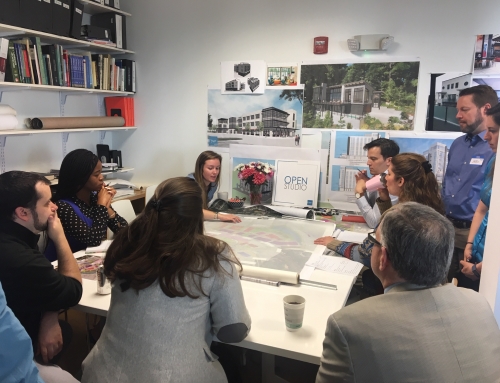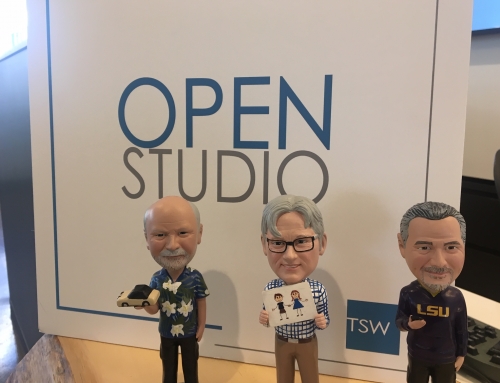By Caleb Racicot, Tunnell-Spangler-Walsh & Associates, CNU Atlanta Chair
The sad state of the public realm in Atlanta is well documented. Not a day goes by that some group doesn’t lament the lack of park and plaza space in the city compared to peer communities across the nation. Typically framed in terms of a deficiency in open space per capita, these statistics only partially convey the sorry state of the public realm in Atlanta. By limiting the focus to parks, plazas, and green spaces, these discussions completely ignore the most significant and often-used public spaces in all great cities – their streets.
To increase awareness of the rich potential that all city streets have to move people, provide public spaces, beautify, and support commerce, Congress for the New Urbanism Atlanta (CNU Atlanta) has partnered with the Atlanta Bicycle Coalition, The Georgia Conservancy, Central Atlanta Progress, and Trees Atlanta to engage in Tactical Urbanism at the upcoming StreetsAlive! event on Saturday June 25, 2011.
Tactical Urbanism is a growing national movement that seeks to improve communities through incremental, small-scale improvements that can set the stage for more substantial investments. The Tactical Urbanism guide prepared by the Street Plans Collaborative defines its five elements as:
- A deliberate, phased approach to instigating change;
- The offering of local solutions for local planning challenges;
- Short-term commitment and realistic expectations;
- Low-risks, with a possibly a high reward; and
- The development of social capital between citizens and the building of organizational capacity between public-private institutions, non-profits, and their constituents.
The StreetsAlive! application will bring together volunteers to temporarily transform the intersection of Edgewood Avenue at Jackson Street by reappropriating vehicular space for bicycles, pedestrians, and a planned streetcar. In doing so, it will expand the street’s ability to serve multiple users, support adjacent businesses and land uses, provide greenery, and offer much-needed public space.
If successful, the installation could lay the foundation for a new way of thinking about streets citywide. By allowing Atlantans to experience the street at a human pace and scale, if only for a short time, the event will force them to confront how rights-of-way are allocated between various users today. In doing so, it will make them consider the appropriateness of this allocation in light of current economic, social, and environmental needs both today and into the future.
A second goal of the project is that, short-term, this new understanding could result in more permanent, inexpensive installations on other streets. Longer term, it could lay the foundation for public investments in streetscapes, bicycle facilities, pocket parks, and other improvements. Either scenario would be a significant improvement over what exists today, and would take Atlanta one step closer to being the type of city that it has the potential to be.

New Yorkers take to the street at a recent Tactical Urbanism event





